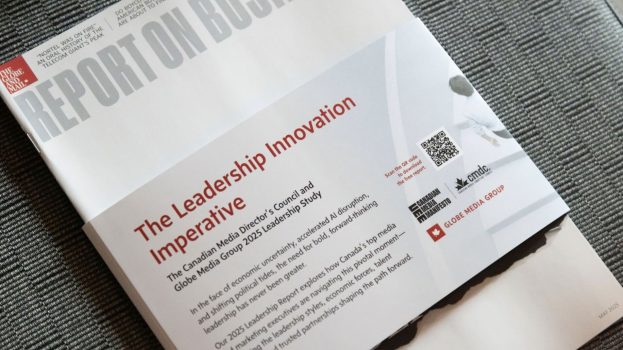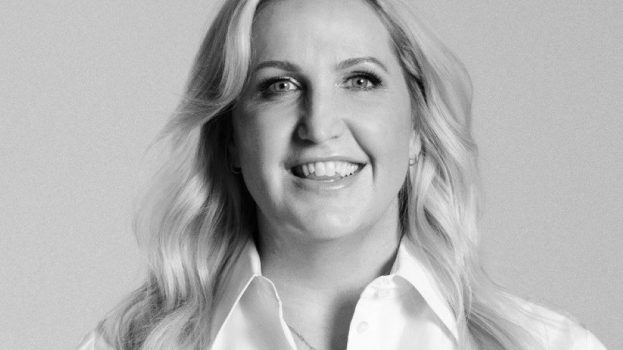Avery Dennison Office Products Canada is banking on the popularity of Dilbert, a comic-strip character known for his cynical views of the workplace, to help boost awareness of its umbrella brand, Avery.
The Bowmanville, Ont.-based company has traditionally marketed its labels, indexes and other office products through direct efforts targeted to business as well as through co-op advertising with retailers such as Grand & Toy.
In a radical departure from past marketing efforts, the company has launched its first-ever television campaign, and has chosen Dilbert to be its star.
‘We’re trying to have fun with this campaign, and to show we realize what people are dealing with every day in the office,’ says Mike Hamel, senior product manager for Avery.
Two 30-second commercials were launched earlier this month for a 12-week run and the campaign could return for the last quarter of this year as well.
In the first spot, Dilbert is shown dealing with a boss who wants to conserve space by setting up ‘bunk cubicles;’ in the second, he has to contend with his boss handing out Employee of the Minute awards.
Both spots end with Dilbert’s dog Dogbert flying past in a blimp bearing the Avery logo, while a voice-over says, ‘Avery. Because you can’t afford to give this stuff a second thought.’
The campaign was created by Artis of Toronto.
Gerry Monsier, Artis creative director, says Dilbert appeals to the target market because they are just as cynical as he is.
‘Look at the target audience and everything going on in their lives. [They’re wondering] whether they’re going to have a job tomorrow; they have so many things to worry about.
‘All we want to do is give you a product to depend on so you can go on to more important things.’
Hamel says a number of factors have changed the office products market in the last few years, making television a much more viable medium for the company.
First, says Hamel, the explosion of laser and ink-jet printers in the market has opened up a new avenue of opportunity for the company, which traditionally sold typewriter and manually written labels.
In addition, he says, the small and home office market is continuing to grow dramatically – and Avery is looking for new ways to reach it.
Hamel says he believes the Dilbert campaign will help the Avery brand make inroads across all markets.
Since the home and small office segment buys Avery products predominantly at retail outlets, as opposed to through a catalogue, Hamel says point-of-purchase is a big part of the strategy to reach that group.
‘We’re now putting in place a consumer database. We’re giving consumers the opportunity to register [at point-of-sale] and we will send out new product releases, newsletters and other information to keep them current.
In addition to providing information by direct mail, Avery is using its Web site, www.avery.com, to provide consumers with tips and discuss product applications.
In-store promotions have also been planned, offering consumers free Wizard software with the purchase of Avery products this spring. A number of cross-promotions with manufacturers of computer printers are in the works.
Wizard, software that makes it easier to produce labels, is now available for free downloading from the Avery Web site.
Wizard is part of a new generation of products that Avery is releasing. The company offers label-formatting software through alliances with the makers of Microsoft Word and WordPerfect software which have templates for all the Avery labels embedded in the programs.
It also has proprietary software called Label Pro which allows for merging with a database and the use of graphics and clip art.
Avery is also introducing new products for home and family use. The company is testing a range of products called Kids’ Line, for example, that would let users make their own party invitations, personal ID, or labels for binders.
‘We’re exploring applications for the home, for children, for mom and dad. Creative ideas that would work for home use.
‘That’s a big opportunity for us,’ says Hamel.
‘What that says is we are truly becoming a mass-market product, with a commercial and consumer slant.’






















